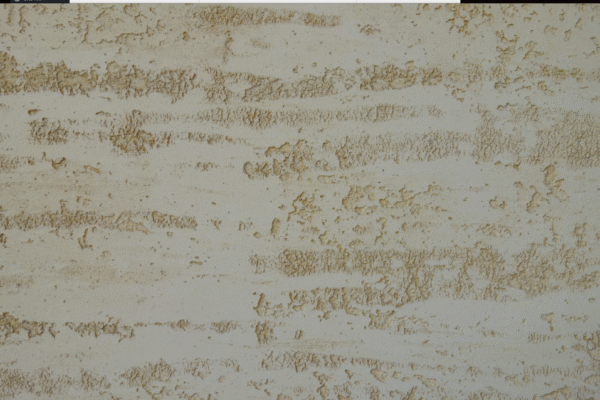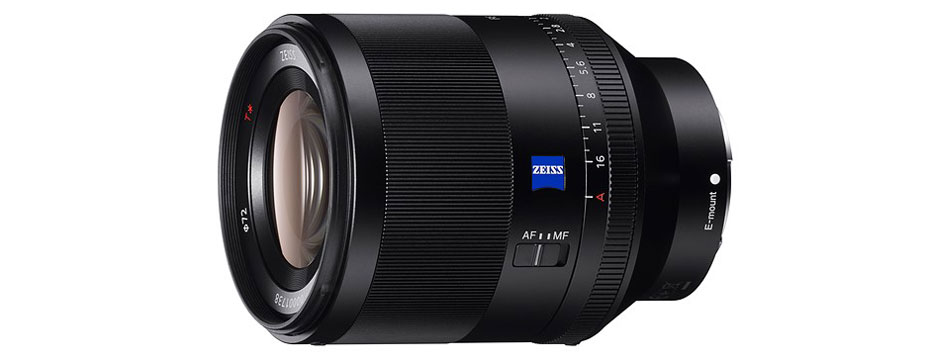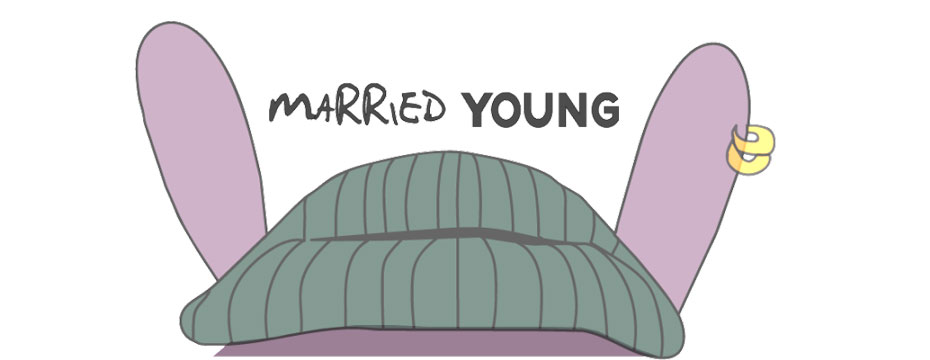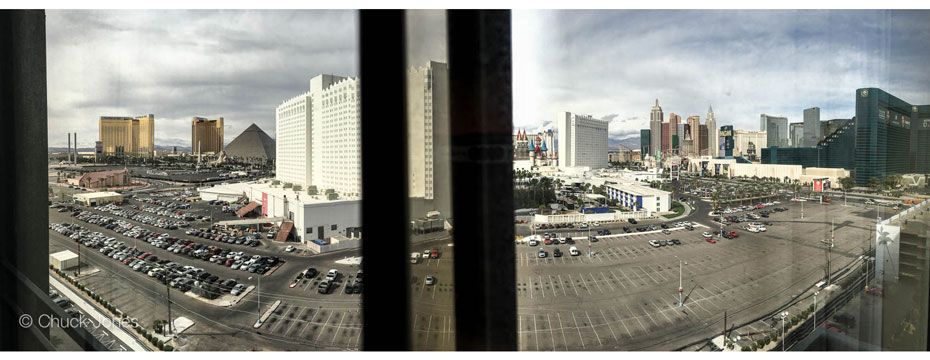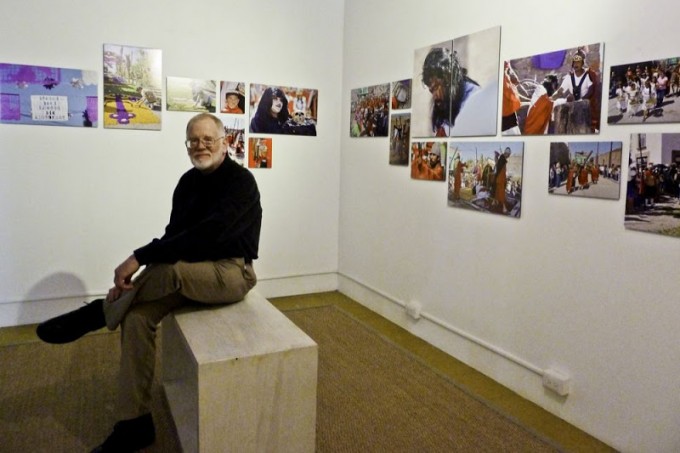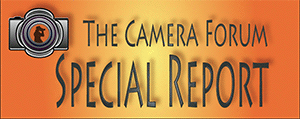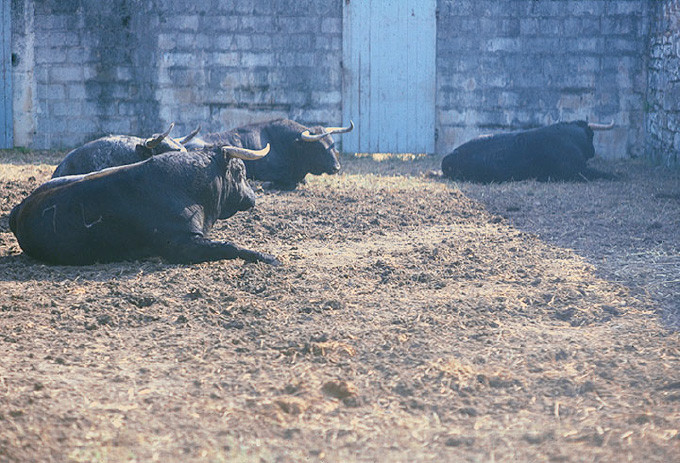
Keeping It Simple
By Lawrence Beck
In the mid-80’s, while on a flight to New York, I met a San Francisco photographer named Jimo Perini. What caught my eye was two bricks of film sticking out of his tote bag: Tri X and Ektachrome 160.
I asked him where he was headed, and he said, “Europe.”
The conversation moved to film and his camera; he had one body and one lens. The Tri-X would be exposed at 200 as well as the Ektachrome, unless he needed the speed. If so, he’d expose the Tri X at 400 or 800 and the Ektachrome at 400 as well.
I asked him why these two films?
He maintained that with one camera and one lens, a zoom with a range from 28-70mm and two films that could, for the most part, be exposed identically… he wouldn’t miss many shots while fumbling for a different lens or loading a different roll of film.
It didn’t take long to see the wisdom of this concept, and I’ve revisited this idea as of late.
My go-to camera for street, landscape, travel and floral photography is now the Sigma DP2M, a small point and shoot style APSC camera with a fixed 30mm lens. The half-frame Foveon sensor makes the lens a 45mm equivalent and the design of this sensor provides the most detail I’ve ever seen in any 35mm camera.
Having one camera and lens is very liberating. Photography should be fun and second nature. Carrying a heavy bag full of lenses strains that concept and compromises one’s ability to move quickly and capture a scene before the light or action changes. Many good images can be missed while looking for and changing a lens.
Working with one lens also changes your way of seeing, due to the focal length limitations of that lens. You’ll be forced to view your subject differently and some interesting creative changes can and will occur.
Case in point: some years back I was in Pamplona for the Festival of San Fermin. The bulls that were scheduled to fight at 5 pm were held down at the bottom of the hill in the Corrales El Gaz. The corrals were built in such a way that there was a concrete wall with a small window where one could view the beasts that would be fighting that evening.
Tourists and locals would crowd around this window in hopes of seeing a Miura, Osborne Vazquez or Pablo Romero much closer than they could ever see one in a bullring. The window glass was thick and dirty and the sun was striking it directly.
I had an 80-200 zoom on the camera and had a choice to make: the crowd was getting larger and I would need to change to a wideangle lens before I got close to the window. I decided it would be more interesting to shoot the crowd looking through the window than photograph the bulls resting on their haunches.
Moments after this shot was taken, the crowd was so thick I couldn’t get near the window.
Some time later the group had left and I was able to approach the window for a very stagnant shot .
The point here is to find a focal length you enjoy using and put your other lenses away. You’ll find creative ways to photograph a subject in ways you might never have thought of with a camera bag full of lenses slowing you down.
PLEASE RATE THIS STORY! [ratings]




